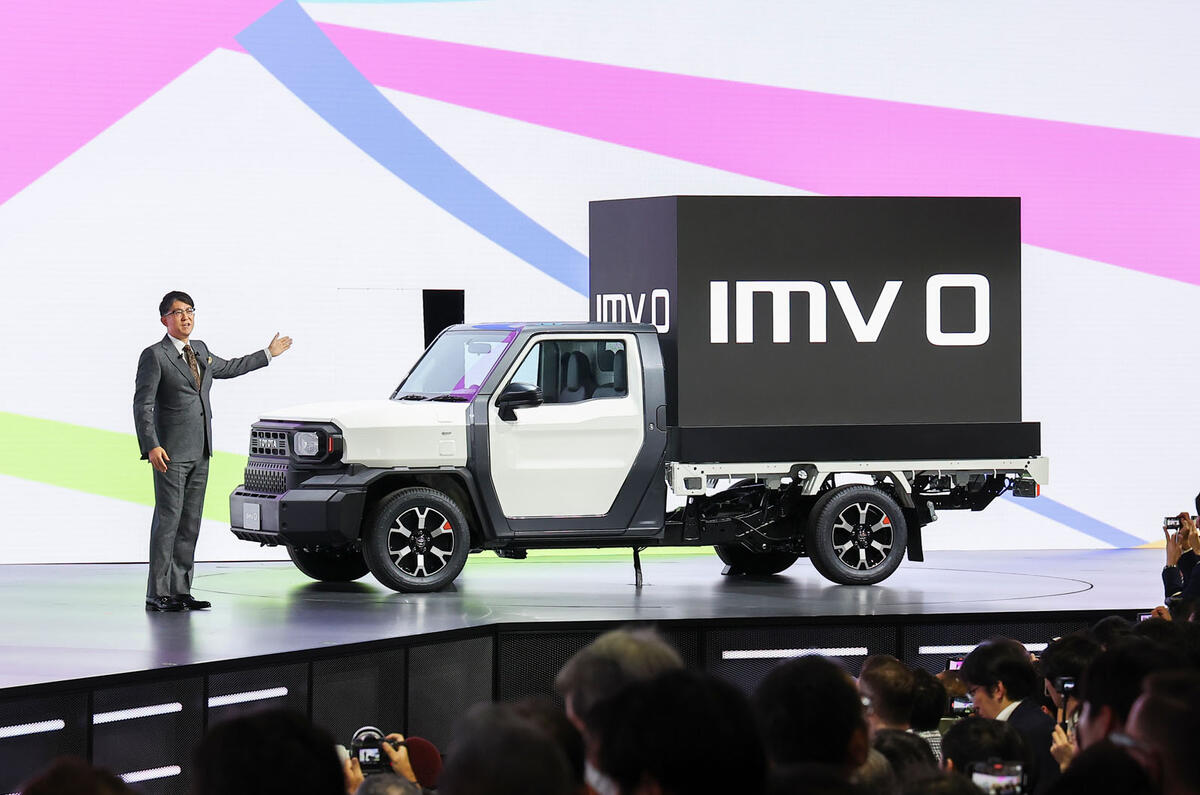It’s been quite amusing watching some car makers get into a twist trying to articulate what they mean about becoming mobility companies. After all, isn’t that what they are, anyway?
Some seem to think that this instead means launching a few apps or overhauling interiors to make them more like smartphones - often, ultimately, making them harder to use.
Yet the best recent example of what being a mobility company actually means came from the most old-school new vehicle to launch in a long time.
Toyota’s IMV 0 truck is a development of the Hilux chassis, which looks like one of the obscure vehicles you see operating at airports. But despite being so simple, it is actually very clever: it has four wheels, an engine, and then an almost infinitely flexible space for its owner to fit whatever they want to it on the bed at the back.
For many, this will be their business or their livelihood. The IMV 0 can be turned into a fruit truck, a coffee shop, a cage for transporting livestock, or it can be used by emergency services, from ambulances to mountain rescue.
Such trucks are nothing new, but as a factory offering, it breaks new ground for Toyota, and it will be available soon in emerging markets such as Thailand from just $10,000 (£8250), with the famed Toyota reliability and durability thrown in for free.

This is true mobility, offering quite remarkable value and showing the flip side to any argument that Toyota has been slow to produce EVs: isn’t coming with new concepts like this to provide more affordable mobility in emerging markets just as significant?
Toyota is a global company, and unlike many that carry that title and try to impose one view of the world on everywhere, it understands different regional needs and demands.











Add your comment